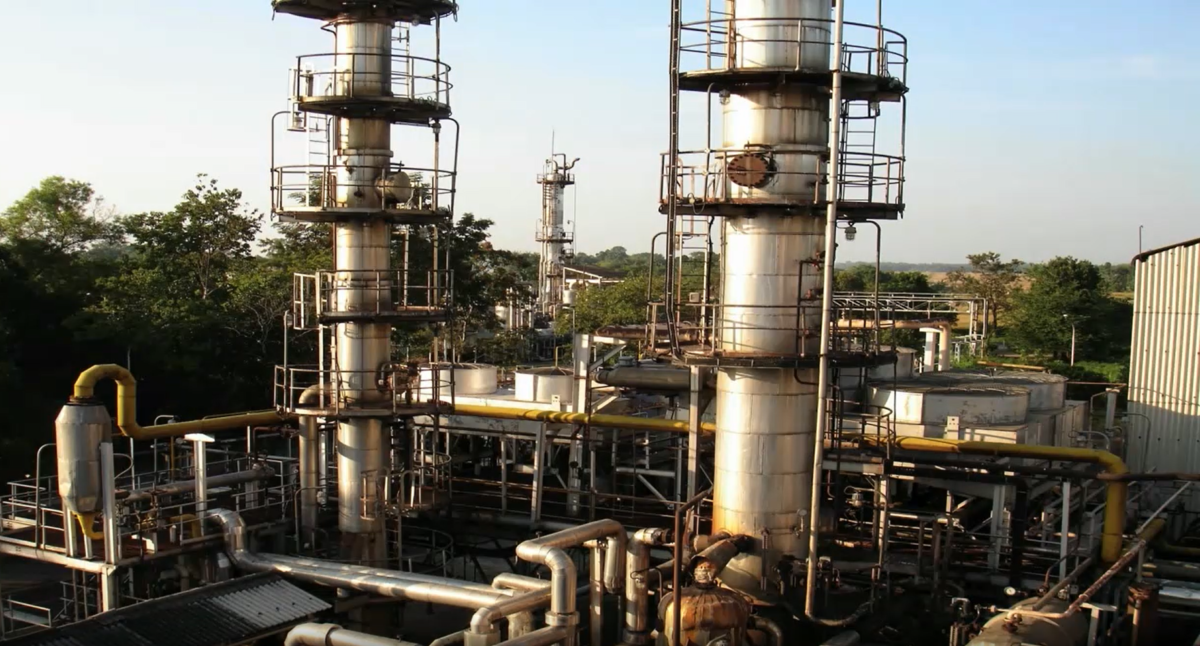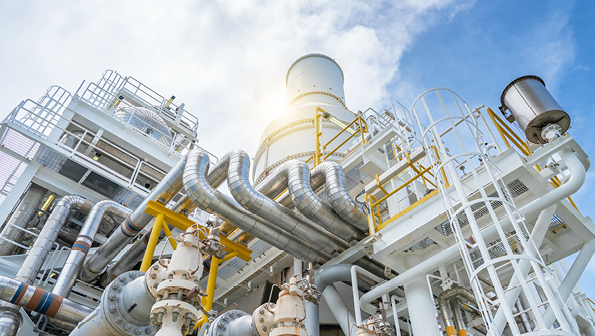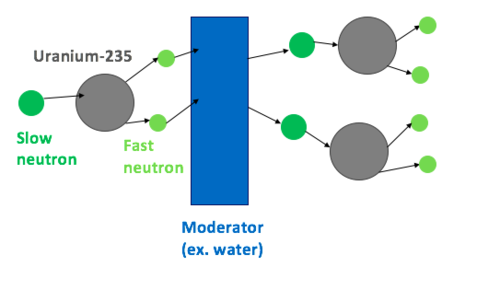It is an extremely flammable gas and is infamous for its association with the Hindenburg airship explosion. Okay, the last clue, it is the only atom for which the Schrödinger equation has an exact solution. I hope you have guessed the answer by now. Yes, we are talking about Hydrogen. It was first observed by Robert Boyle in 1671 during a reaction between iron fillings and dilute acids. However, the credit for the discovery of hydrogen is given to Henry Cavendish, who described it as “inflammable air” produced during metal acid reactions. The name hydrogen is derived from the Greek word “hydro” meaning water, and “genes” meaning former, thus meaning “maker of water”. This name was given by Antoine Lavoisier after he could reproduce the findings of Cavendish, who stated that the gas forms water on burning. Hydrogen is the richest element in the universe. It constitutes around 75% of the normal matter. It is also the most abundant element of the human body in terms of atoms. In the Earth’s atmosphere, hydrogen occurs in diatomic gaseous form, i.e., H2. It is so light that it is able to escape gravity and get released into space. In nature, hydrogen is produced in biochemical reactions and is a way of expelling reducing equivalents. Other than this, it is produced in Chemistry and Biology laboratories as a byproduct of various reactions. Also, many industries produce hydrogen as a result of different chemical processes. Naturally, there are three isotopic forms of hydrogen. They are Protium, Deuterium, and Tritium. Protium is the most commonly occurring form, which contains one proton, one electron, and 0 neutrons. This makes it the only atom without any neutrons. Another isotope of hydrogen named tritium is radioactive in nature. Recently, hydrogen is also gaining importance as an alternate source of fuel. Isn’t that interesting? There is a lot more interesting information associated with this incredible element. Just keep reading to know more…
Properties of Hydrogen
Hydrogen is the simplest known element. It has the atomic number 1 and belongs to group 1, period 1, and the s block of the periodic table, where it occurs in the top left corner. It is a colorless, odorless, tasteless, flammable, non-toxic gas. It has the lowest density out of all the gases. The gaseous and liquid forms of hydrogen are non-metals. However, the solid form exhibits the properties of alkali metals. Owing to its simple atomic structure, it is the only atom for which an exact solution of the Schrödinger equation is possible. Molecular hydrogen (H2) occurs in two spin isomeric forms, i.e., orthohydrogen, where the spins of the two nuclei are parallel, and parahydrogen, where the spins of two nuclei are antiparallel. Hydrogen is an oxidizer and extremely flammable in nature, due to which it may even explode in the presence of oxygen or air. However, hydrogen is still quite unreactive in comparison to other diatomic molecules owing to the non˗polar H˗H bond, which is quite strong and has very high bond dissociation energy. A few important properties of Hydrogen are listed in the table given below. Now that we are well acquainted with the properties of hydrogen, we will understand its uses in detail in the next section.
Uses of Hydrogen
Hydrogen is used widely across different sectors for a variety of purposes. Also, it is a promising element with several evolving uses. Below we have listed various applications of hydrogen.
Commercial Uses
• Agriculture/Chemical industry
The agriculture industry requires a large amount of hydrogen for the production of ammonia used in fertilizers under the name “Azane”. The ammonia produced using hydrogen is also used as an environment-friendly refrigerant named R 717.
• Petrochemical Industry
Currently, the petrochemical industry forms the largest consumer as well as producer of hydrogen. It mainly uses hydrogen in the refining process to extract petroleum products like gasoline and diesel. Hydrogen is used to remove the major contaminants, such as sulfur, from petroleum products. The major reactions that require hydrogen are hydrodesulfurization, hydrocracking, and hydrodealkylation.
• Space Exploration
Liquid hydrogen mixed with liquid oxygen is used in liquid propellant rockets as cryogenic fuel. Since NASA’s Apollo program, where liquid hydrogen was used as fuel for the first time, it has played a very important role in space exploration.
• Semiconductor Industry
Hydrogen is used in the semiconductor industry as a carrier gas for the deposition of a thin film. It also helps stabilize the material properties of amorphous silicon and amorphous carbon by saturating their broken bonds. Hydrogen is employed for the production of semiconductor circuits as it helps in controlling the atmosphere.
• Power Stations
Hydrogen fuel cells are used to produce electricity by combining the atoms of hydrogen and oxygen. This causes the least pollution as the final products of the reaction are only water and electricity. Several types of fuel cells are available for different types of uses. For example, small fuel cells can be used to power cell phones, laptops, etc. Also, large fuel cells are capable of generating electricity for emergency power backups in buildings and even electric power grids.
• Coolant
Hydrogen has the highest specific heat and thermal conductivity out of all the gases. Also, it has low density and viscosity. All these properties make hydrogen the most commonly used coolant for power plant generators.
• Hydrogenation
Hydrogenation is basically the addition of hydrogen to an element or compound, usually in the presence of a catalyst. Hydrogenated vegetable oils such as margarine and butter spreads are prepared by using hydrogen to turn unsaturated oils into saturated oils and fats. The Haber Bosch process is used for the hydrogenation of nitrogen to produce ammonia, which serves as the major source of proteins for humans. Similarly, the hydrogenation of carbon dioxide results in the formation of methanol. Hydrogen is also used to reduce corresponding fatty acids, esters, and aldehydes to alcohols.
Miscellaneous uses
• Metal working
Hydrogen is used in metal alloying as it enables a greater strength-ductility balance. It is especially used in the production of stable austenitic stainless steel resulting in a considerable increase in its tensile strength. Additionally, hydrogen is also used in iron flash making and also for directly reducing iron ores to form metallic iron.
• Welding
Atomic Hydrogen Welding (AHW) is a type of arc welding that requires hydrogen as shielding gas between the electrodes made of tungsten.
• Leak detection
Hydrogen, either pure or mixed with nitrogen, is used as a tracer gas for detecting minute leakages. It is also used as a food additive (E 949) to detect leakage in food packages and also due to its antioxidant properties.
• Neutron moderation
The heavier isotope of hydrogen (deuterium) in the form of “light water” is used as a moderator as its mass is almost similar to that of a neutron. It slows down the speed of neutrons used in nuclear fission reactions to make the reaction feasible.
• Lifting gas
Owing to its lightweight and low density (almost 7% of air), hydrogen is used in balloons and airships for buoyant lifting.
• Backup power generation
Uninterrupted Power Supply (UPS) systems, at local levels, require stationary fuel cells utilizing hydrogen. This especially finds its use in hospitals and data centers.
• Aviation
Projects like Pathfinder and Helios have utilized hydrogen fuel cells, in experimental programs, for unmanned long-duration aircraft. Liquid hydrogen is also being looked up to power modified gas turbine engines.
• Logistics
Several global logistic companies with higher distribution needs and larger warehouses are turning to hydrogen fuel cells to power their forklifts, trucks, etc.
• Isotopic labeling
Also known as deuterium labeling, it refers to replacing a common hydrogen atom in a compound with deuterium. It is used to study the isotope effects on the reaction rates in chemistry as well as biology.
• Metallurgy
Most ores require carbon as a reducing agent to extract pure metals. Hydrogen metallurgy aims to minimize the use of carbon and focuses on replacing it with hydrogen to minimize carbon dioxide emissions.
• Cryogenic research
Liquid hydrogen is prepared by cooling and storing hydrogen gas to about 20 K temperature. It is also referred to as cryogenic hydrogen and is used in several cryogenic research studies, such as superconductivity. Topics you must also read Uses of Lithium Uses of Boron Uses of Gallium Uses of Titanium Uses of Palladium Uses of Helium Uses of Selenium Uses of Dry Ice Uses of Ammonia Uses of Chlorine
Conclusion
Therefore, hydrogen is an exceptionally useful element. It is used for various purposes, such as in agriculture, the petrochemical industry, space exploration, power stations, the semiconductor industry, hydrogenation, welding, aviation, logistics, metallurgy, and cryogenic research.





